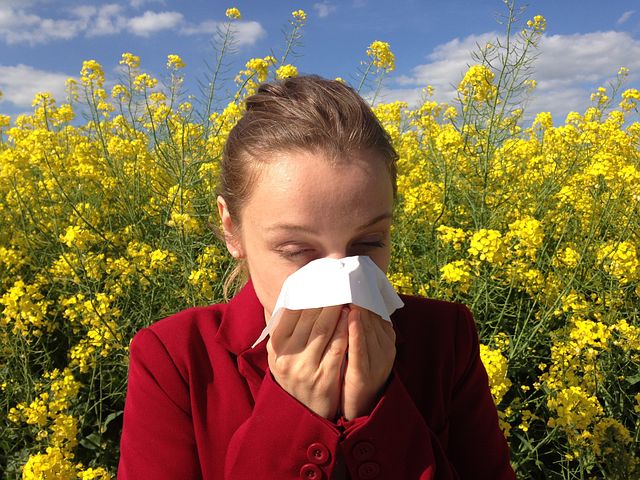Nasal Congestion- A Persistent Irritation in Nose Bothering Many individuals

Neucrad Health News Desk December 7, 2019
As we approach towards the winter months, many of us experience stuffy head and runny nose. In medical language, we call it nasal congestion, and it continues to bother people in many countries across the globe. The condition becomes even more painful if this remains associated with sore throat and sinus headaches. If not treated in time, nasal congestion can be a cause of annoyance for children and adults alike. Many kids take off from school if the congestion remains associated with sinus pain. Doctors prescribe nasal sprays, oral medication, along with inhales for treating this condition.
What happens during nasal congestion?
Nasal congestion is also known as a nasal blockage. Here the nasal passage becomes choked up. The inner lining of the nose becomes swollen due to the inflamed blood vessels in the region. It may also remain associated with headaches, coughing, mucus build-up and tiredness. It becomes difficult to breathe, and kids often require inhalers and steam inhalation top control the situation.
What are the crucial triggers for nasal congestion?
There are many possible causes of nasal congestion. Detailed below are the five most common trigger for this condition.
1. Allergies
Allergy can act as the primary trigger for nasal congestion. Doctors call it allergic rhinitis or hay fever. Common allergen includes pollens, moulds, dust mites, and pet dander. In addition to the usual symptoms of nasal congestion, here individuals also experience sneezing, excessive itching on nose and eyes, and watery eyes. Doctors normally treat this condition by administering decongestants and eye drops.
2. Deviated Septum
Here the thin wall or the nasal septum dividing the nasal canal gets shifted to one side. From outside, you can see that one of your nostrils look more prominent than the other. While some people are born with this condition, others may develop this anomaly at a later stage of life due to injury. In some cases, medication offer relief to deviated septum; otherwise, doctors opt for surgery for a permanent solution.
3. Nasal Polyps
Sometimes, nasal polyps also act as a trigger for nasal congestion. It is a soft, non-malignant, painless growth on the inner lining of the nasal tunnel. It appears like a teardrop or as a cluster of grapes. When you suffer from allergy-induced irritation at the nose, sometimes the nasal mucosa can turn red and swollen. In this situation, fluid starts dripping out from the spot. If this irritation persists for a prolonged period, it may turn into a polyp. Large polyps block the nasal passage and can lead to nasal congestion and breathing difficulties. Medication can help in reducing the size of polyps; however, there is a chance of recurrence. Surgery is often the best and most successful mode of treatment for treating recurrent nasal congestion due to polyps.
4. Food Habits
Your food habits also play a crucial role in the development of nasal congestion. Alcoholic beverages, spicy food items or dairy products may act as culprits for persistent irritation on the nose. Pay attention to your daily meals, and try to avoid hard drinks, spicy and deep-fried foods if you are prone to congestion.
5. Sleep Apnea
Sleep apnea is a severe sleep disorder where individuals suffer from repeated breathing issues while sleeping. Patients snore at night and remain extremely tired and entirely drained of energy during day time. In some cases, sleep apnea can also lead to nasal congestion.
These were the top five triggers causing nasal congestion. You may experience temporary relief by staying hydrated, irrigating the nasal passage, taking a hot shower, and sleeping with an extra pillow. If the condition persists, then book an appointment with a doctor for permanent relief.






